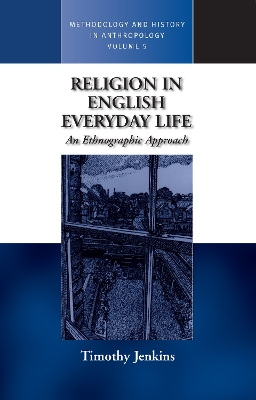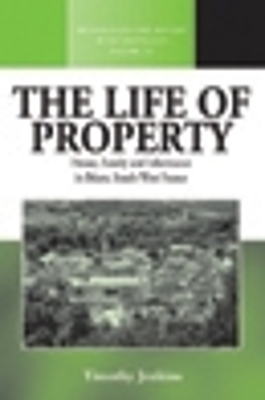Methodology and History in Anthropology
2 primary works
Book 5
Starting from an ethnographic appraisal of the place of religious practices, and thereby returning to an approach more recently neglected, this book offers a detailed understanding of English everyday life. Three contemporary case studies - the life of a country church, an annual procession by the churches in a Bristol suburb, a range of linked "spiritualist" beliefs - disclose the complex patterns and compulsion of ordinary lives, including both moral and historical dimensions: the distribution of reputation and conflict, and the continuities of place and identity. At the same time, the approach revises previous accounts of English social life by giving a nuanced description of the construction of local lives in interaction with their wider setting. It demonstrates the creation of local particularity under an outside gaze, showing how actors create and cope with the forces of "modernity." In addition to the original ethnographic descriptions, the book also contributes to the history and theory of the study of complex societies.
Book 21
In Béarn, a region of south-west France, longstanding and resilient ideas of property and practices of inheritance control the destinies of those living in the foothills of the Pyrenees. Based on extensive fieldwork and archival research that combines ethnography and intellectual history, this study explores the long-term continuities of this particular way of life within a broad framework. These local ideas have found expression twice at the national level. First, sociological arguments about the family, proposed by Frédéric Le Play, shaped debates on social reform and the repair of national identity during the last third of the nineteenth century – and these debates would subsequently influence contemporary European thought and social policy. Second, these local ideas entered into late twentieth-century sociological categories through the influential work of Pierre Bourdieu. Through these examples and others, the author illustrates the multi-layered life of these local concepts and practices and the continuing contribution of the local to modern European national history.

